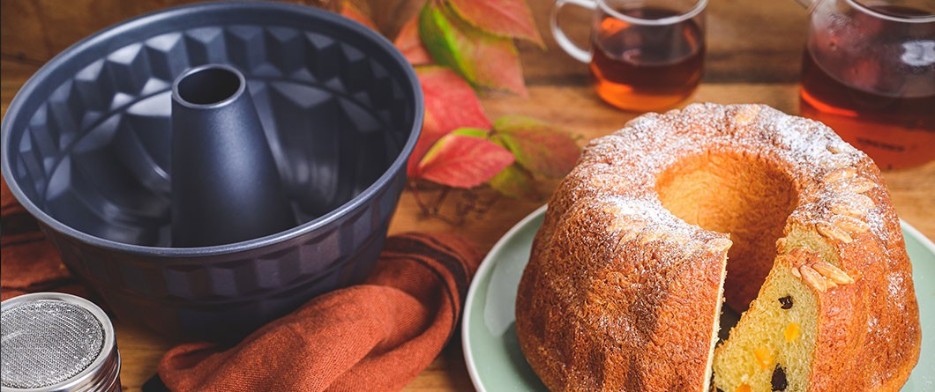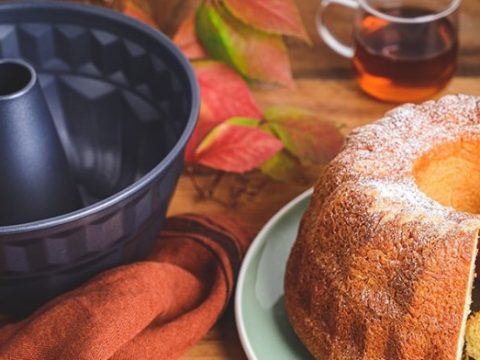How to Choose the Best Baking Pans: Materials and Uses
Often in the kitchen, the secret ingredient of a recipe isn’t an ingredient at all, but the right tool. Well-chosen baking pans and molds contribute to your culinary success—whether they give a spectacular shape to your bundt cake or ensure a crisp surface on your cookies.
But not every pan is right for every recipe. Have you ever wondered why we don’t bake sweet breads in glass dishes? You’ll find the answer below, along with useful details about selecting the best bakeware for your kitchen.
Why Choosing the Right Bakeware Matters
Imagine spending hours mixing, measuring, and dreaming of a perfect cake, only to find it stuck to the pan or underbaked inside. Every home baker’s nightmare! Bakeware material influences heat distribution, cooking time, sticking, and even cleanup ease.
Bakeware Types by Material
Aluminum Pans
Aluminum pans heat up quickly and conduct heat evenly—ideal for cakes, cookies, and quick breads.
- Pros: Lightweight, excellent heat conduction, versatile for roasting vegetables or meats.
- Cons: Can bend under heavy weight, may require greasing or parchment, less durable than steel.
Steel Pans
Steel pans are sturdy and durable, perfect for loaf cakes, muffins, tarts, and flaky crusts.
- Pros: Even heating, retains heat for a crisp crust, long-lasting.
- Cons: Can rust if not dried thoroughly, heats more slowly than aluminum.
Silicone Molds
Silicone bakeware is flexible, nonstick, and dishwasher safe—great for muffins, cupcakes, and no-crust quiches.
- Pros: Naturally nonstick, very easy to handle and clean, heat-resistant.
- Cons: Poor heat conduction can lead to longer bake times and uneven browning, less crisp edges.
Glass Dishes
Glass bakeware works well for fruit crisps, custards, and gratins; it won’t react with acidic ingredients.
- Pros: Uniform heating, nonreactive, visually appealing for serving.
- Cons: Slow to heat up, risk of overbrowning edges before the center cooks through.
Ceramic Dishes
Ceramic bakeware distributes heat evenly and retains warmth, ideal for casseroles, gratins, and artisan breads.
- Pros: Uniform heat, excellent heat retention, durable when handled with care.
- Cons: Heavier than metal pans, slower to preheat than metal but faster than glass.
Recommended Uses for Each Type
- Aluminum or Steel Pans: cakes, muffins, cookies, quick breads.
- Glass Dishes: fruit crisps, cobblers, custards, baked gratins.
- Silicone Molds: cupcakes, muffins, no-crust quiches, shaped cakes.
- Ceramic Dishes: lasagna, gratins, casseroles, rustic breads, tarts.
Key Considerations When Buying Bakeware
- Choose a pan weight you can handle comfortably.
- Decide if you need a nonstick coating—remember not to cut on coated surfaces.
- For pans without nonstick finishes, use parchment or reusable baking liners.
- Match the bakeware to your typical recipes for best results.


